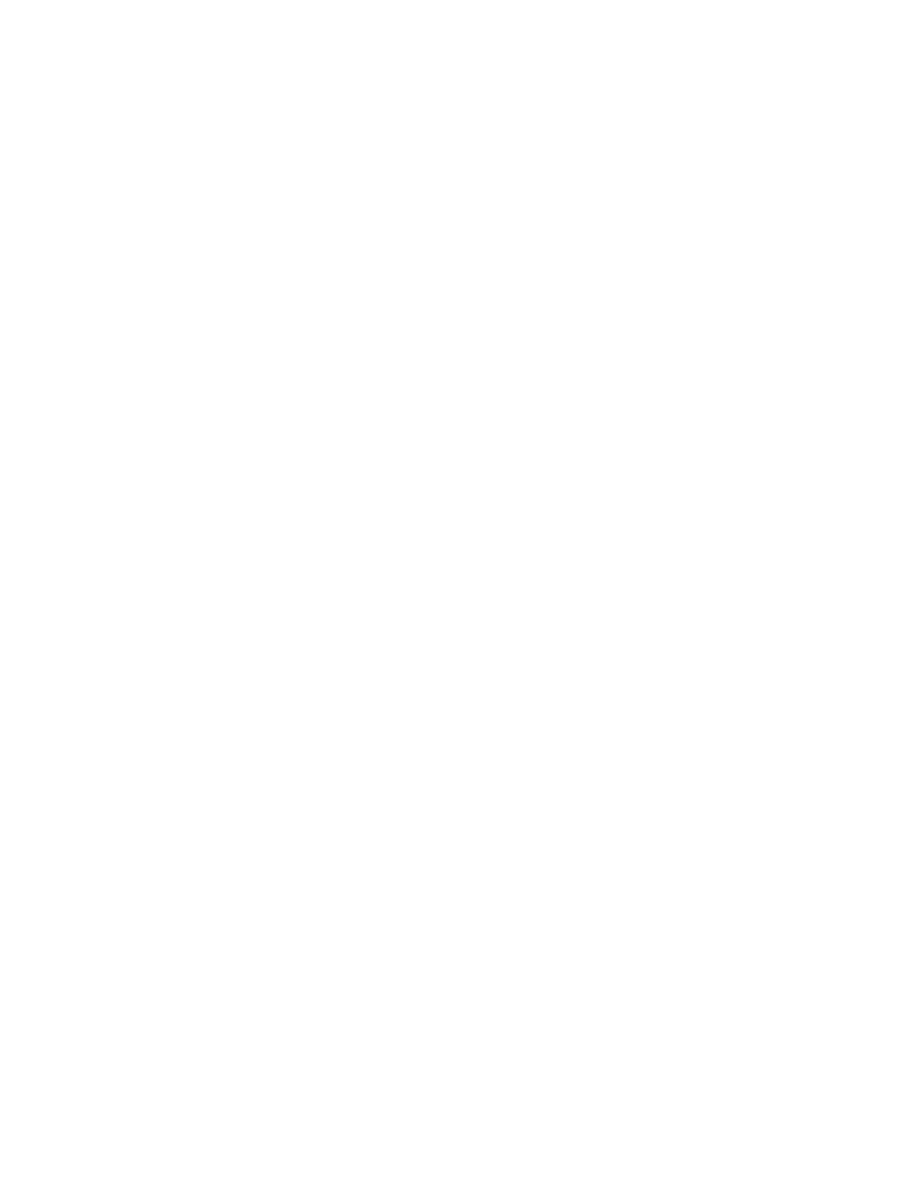
271
Federal Aviation Administration, DOT
§ 23.909
under normal daylight ground condi-
tions.
(g) If the engine exhaust gases are
discharged into the pusher propeller
disc, it must be shown by tests, or
analysis supported by tests, that the
propeller is capable of continuous safe
operation.
(h) All engine cowling, access doors,
and other removable items must be de-
signed to ensure that they will not sep-
arate from the airplane and contact
the pusher propeller.
[Doc. No. 4080, 29 FR 17955, Dec. 18, 1964, as
amended by Amdt. 23–26, 45 FR 60171, Sept.
11, 1980; Amdt. 23–29, 49 FR 6847, Feb. 23, 1984;
Amdt. 23–43, 58 FR 18970, Apr. 9, 1993; Amdt.
23–59, 73 FR 63345, Oct. 24, 2008]
§ 23.907
Propeller vibration and fa-
tigue.
This section does not apply to fixed-
pitch wood propellers of conventional
design.
(a) The applicant must determine the
magnitude of the propeller vibration
stresses or loads, including any stress
peaks and resonant conditions,
throughout the operational envelope of
the airplane by either:
(1) Measurement of stresses or loads
through direct testing or analysis
based on direct testing of the propeller
on the airplane and engine installation
for which approval is sought; or
(2) Comparison of the propeller to
similar propellers installed on similar
airplane installations for which these
measurements have been made.
(b) The applicant must demonstrate
by tests, analysis based on tests, or
previous experience on similar designs
that the propeller does not experience
harmful effects of flutter throughout
the operational envelope of the air-
plane.
(c) The applicant must perform an
evaluation of the propeller to show
that failure due to fatigue will be
avoided throughout the operational life
of the propeller using the fatigue and
structural data obtained in accordance
with part 35 of this chapter and the vi-
bration data obtained from compliance
with paragraph (a) of this section. For
the purpose of this paragraph, the pro-
peller includes the hub, blades, blade
retention component and any other
propeller component whose failure due
to fatigue could be catastrophic to the
airplane. This evaluation must include:
(1) The intended loading spectra in-
cluding all reasonably foreseeable pro-
peller vibration and cyclic load pat-
terns, identified emergency conditions,
allowable overspeeds and overtorques,
and the effects of temperatures and hu-
midity expected in service.
(2) The effects of airplane and pro-
peller operating and airworthiness lim-
itations.
[Amdt. 23–59, 73 FR 63345, Oct. 24, 2008]
§ 23.909
Turbocharger systems.
(a) Each turbocharger must be ap-
proved under the engine type certifi-
cate or it must be shown that the tur-
bocharger system, while in its normal
engine installation and operating in
the engine environment—
(1) Can withstand, without defect, an
endurance test of 150 hours that meets
the applicable requirements of § 33.49 of
this subchapter; and
(2) Will have no adverse effect upon
the engine.
(b) Control system malfunctions, vi-
brations, and abnormal speeds and
temperatures expected in service may
not damage the turbocharger com-
pressor or turbine.
(c) Each turbocharger case must be
able to contain fragments of a com-
pressor or turbine that fails at the
highest speed that is obtainable with
normal speed control devices inoper-
ative.
(d) Each intercooler installation,
where provided, must comply with the
following—
(1) The mounting provisions of the
intercooler must be designed to with-
stand the loads imposed on the system;
(2) It must be shown that, under the
installed vibration environment, the
intercooler will not fail in a manner al-
lowing portions of the intercooler to be
ingested by the engine; and
(3) Airflow through the intercooler
must not discharge directly on any air-
plane component (e.g., windshield) un-
less such discharge is shown to cause
no hazard to the airplane under all op-
erating conditions.
(e) Engine power, cooling character-
istics, operating limits, and procedures
VerDate Mar<15>2010
10:12 Mar 18, 2014
Jkt 232046
PO 00000
Frm 00281
Fmt 8010
Sfmt 8010
Y:\SGML\232046.XXX
232046
pmangrum on DSK3VPTVN1PROD with CFR